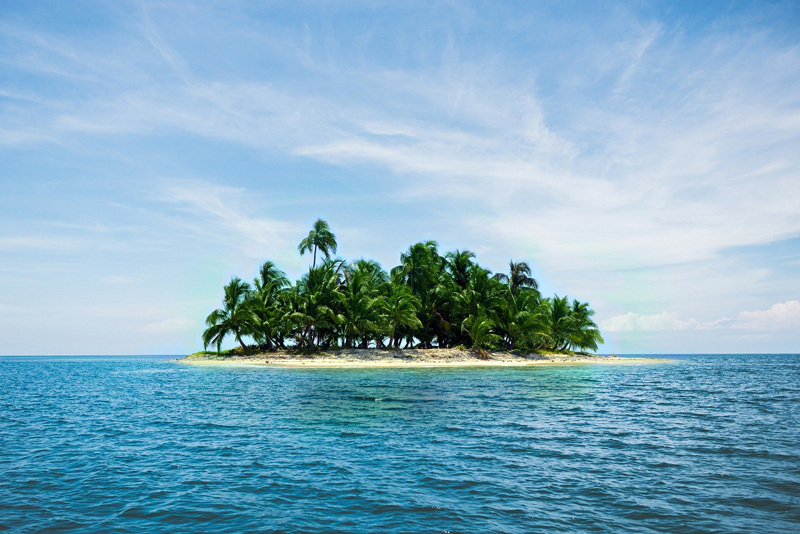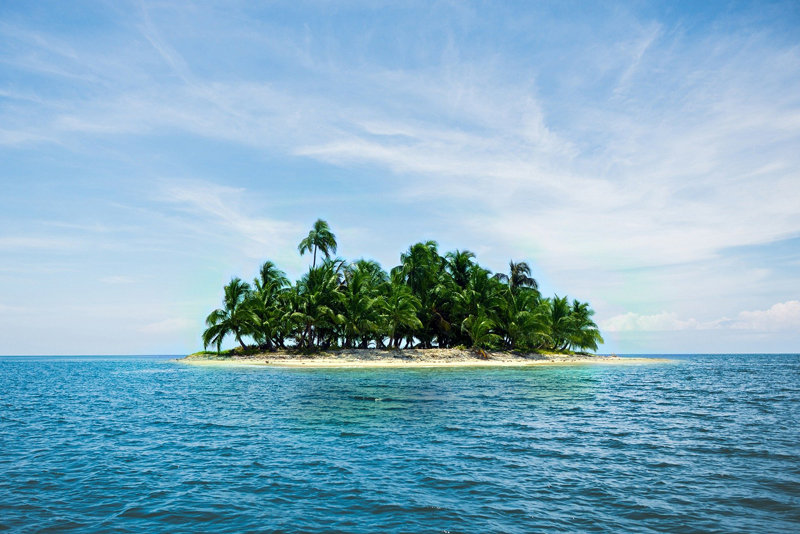Atlantic Ocean Islands of Africa

When we think of island travel, we often think of tropical islands. And most Americans when they think of tropical islands think about either the Caribbean or the South Pacific. But there are also many beautiful tropical islands in the Indian Ocean, or even in the south Atlantic. And the African continent plays host to numerous oceanic islands – both tropical and otherwise. With over 16,000 miles of coastline, it’s not all that surprising! But some of us would be surprised at the number of interesting islands along the Atlantic Coast of Africa.
If you follow a map of the northwestern Atlantic coast of Africa, the first islands you will see are Madeira and the tiny island of Porto Santo. These islands, famed for flowers and beautiful levada walks, are actually part of Portugal, but lie about 350 miles off the coast of Morocco. Also off the coast of Morocco, on the border with the Western Sahara, but actually a part of Spain, lie the 13 islands that make up the Canary Islands, a popular sub-tropical tourist destination.
Continuing southward, about 350 miles west of the coast of Senegal, is The Republic of Cape Verde, one of only two island nations of Africa that lie in the Atlantic Ocean. This country is an archipelago of 10 major islands, previously colonized by the Portuguese and known as a pivotal location during the centuries of slave trading. Closer to the coast, the country of Senegal has Ile de Goree, a UNESCO World Heritage Site, and the Iles des Madeleines, known for Stone Age tool finds.
Then we come to the Bijagos Islands, just 40 or so miles from the coast of the country they are part of, Guinea-Bissau, and known for their saltwater hippopotami. Continuing south on the Atlantic coast, the country of Guinea has Tombo Island and the Iles de Los (or Loos Islands), one of which is said to have inspired the book “Treasure Island”. Sierra Leone has the Banana Islands, the Turtle Islands, Kortimaw Island and Sherbro (or Bonthe) Island, with 65 miles of tropical beaches.
To find the next set of islands we have to travel south and east along the Gulf of Guinea all the way to the country of Equatorial Guinea. The island of Bioko, formerly named Fernando Po by the Portuguese, lies off the coast of Cameroon, but is actually the northernmost island of Equatorial Guinea, which then has a smattering of tiny islands down to the southernmost island of Annobon. Continuing south we find the second island nation of Africa in the Atlantic Ocean - The Democratic Republic of Sao Tome and Principe, about 140 miles off the northwestern coast of Gabon. This country consists of two volcanic islands as well as the tiny Ilheu das Rolas which lies directly on the equator.
Further south, along the coast of Namibia, can be found the Penguin Islands, a long string of tiny islands and rocks with some interesting names like Roastbeef Island, Staple Rock, Plumpudding Island, and even False Plum Pudding Island. Someone had a sense of humor in naming these!
Now we’ve finally reached the southern tip of Africa and the country of South Africa, which, still in the Atlantic Ocean, has the nature reserve of Dassen Island, Seal Island – favorite resting place of many Cape Fur Seals, and Robben Island, famed for its long history as a prison for political dissenters, including the likes of Nelson Mandela and Jacob Zuma. But South Africa also marks the crossover from the Atlantic Ocean into the Indian Ocean with the sub-antarctic Prince Edward Islands, special nature reserves not allowing visitors, only researchers.
Note: no promotional consideration was provided or paid for this article.
|
Continuing southward, about 350 miles west of the coast of Senegal, is The Republic of Cape Verde, one of only two island nations of Africa that lie in the Atlantic Ocean. This country is an archipelago of 10 major islands, previously colonized by the Portuguese and known as a pivotal location during the centuries of slave trading. Closer to the coast, the country of Senegal has Ile de Goree, a UNESCO World Heritage Site, and the Iles des Madeleines, known for Stone Age tool finds.
Then we come to the Bijagos Islands, just 40 or so miles from the coast of the country they are part of, Guinea-Bissau, and known for their saltwater hippopotami. Continuing south on the Atlantic coast, the country of Guinea has Tombo Island and the Iles de Los (or Loos Islands), one of which is said to have inspired the book “Treasure Island”. Sierra Leone has the Banana Islands, the Turtle Islands, Kortimaw Island and Sherbro (or Bonthe) Island, with 65 miles of tropical beaches.
To find the next set of islands we have to travel south and east along the Gulf of Guinea all the way to the country of Equatorial Guinea. The island of Bioko, formerly named Fernando Po by the Portuguese, lies off the coast of Cameroon, but is actually the northernmost island of Equatorial Guinea, which then has a smattering of tiny islands down to the southernmost island of Annobon. Continuing south we find the second island nation of Africa in the Atlantic Ocean - The Democratic Republic of Sao Tome and Principe, about 140 miles off the northwestern coast of Gabon. This country consists of two volcanic islands as well as the tiny Ilheu das Rolas which lies directly on the equator.
Further south, along the coast of Namibia, can be found the Penguin Islands, a long string of tiny islands and rocks with some interesting names like Roastbeef Island, Staple Rock, Plumpudding Island, and even False Plum Pudding Island. Someone had a sense of humor in naming these!
Now we’ve finally reached the southern tip of Africa and the country of South Africa, which, still in the Atlantic Ocean, has the nature reserve of Dassen Island, Seal Island – favorite resting place of many Cape Fur Seals, and Robben Island, famed for its long history as a prison for political dissenters, including the likes of Nelson Mandela and Jacob Zuma. But South Africa also marks the crossover from the Atlantic Ocean into the Indian Ocean with the sub-antarctic Prince Edward Islands, special nature reserves not allowing visitors, only researchers.
Note: no promotional consideration was provided or paid for this article.

Related Articles
Editor's Picks Articles
Top Ten Articles
Previous Features
Site Map
Content copyright © 2023 by Laura Hartney. All rights reserved.
This content was written by Laura Hartney. If you wish to use this content in any manner, you need written permission. Contact Malika Bowling for details.




